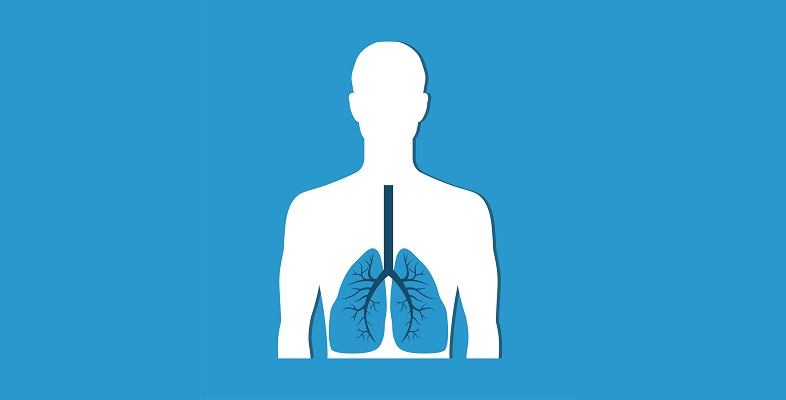6.2 Peripheral chemoreceptors
Before the blood reaches the chemoreceptors in the brain, changes in PO2 are detected by specialised cells – called type 1 glomus cells – that are located in the carotid artery (carotid bodies) and aorta (aortic bodies) of the heart.
Glomus cells are derived from the same tissue as neurons and therefore have similar properties, including electrical excitability and release of neurotransmitters. The cells express O2-sensitive potassium channels; when the PO2 falls, the K+ channels close and the resting potential of the cell becomes less negative.
Glomus cells release dopamine across the neuromuscular junction, which causes the postsynaptic sensory neurons to send an afferent signal to the medullary respiratory centres. The respiratory centres will then send action potentials to the phrenic and intercostal nerves to increase the respiration rate.
